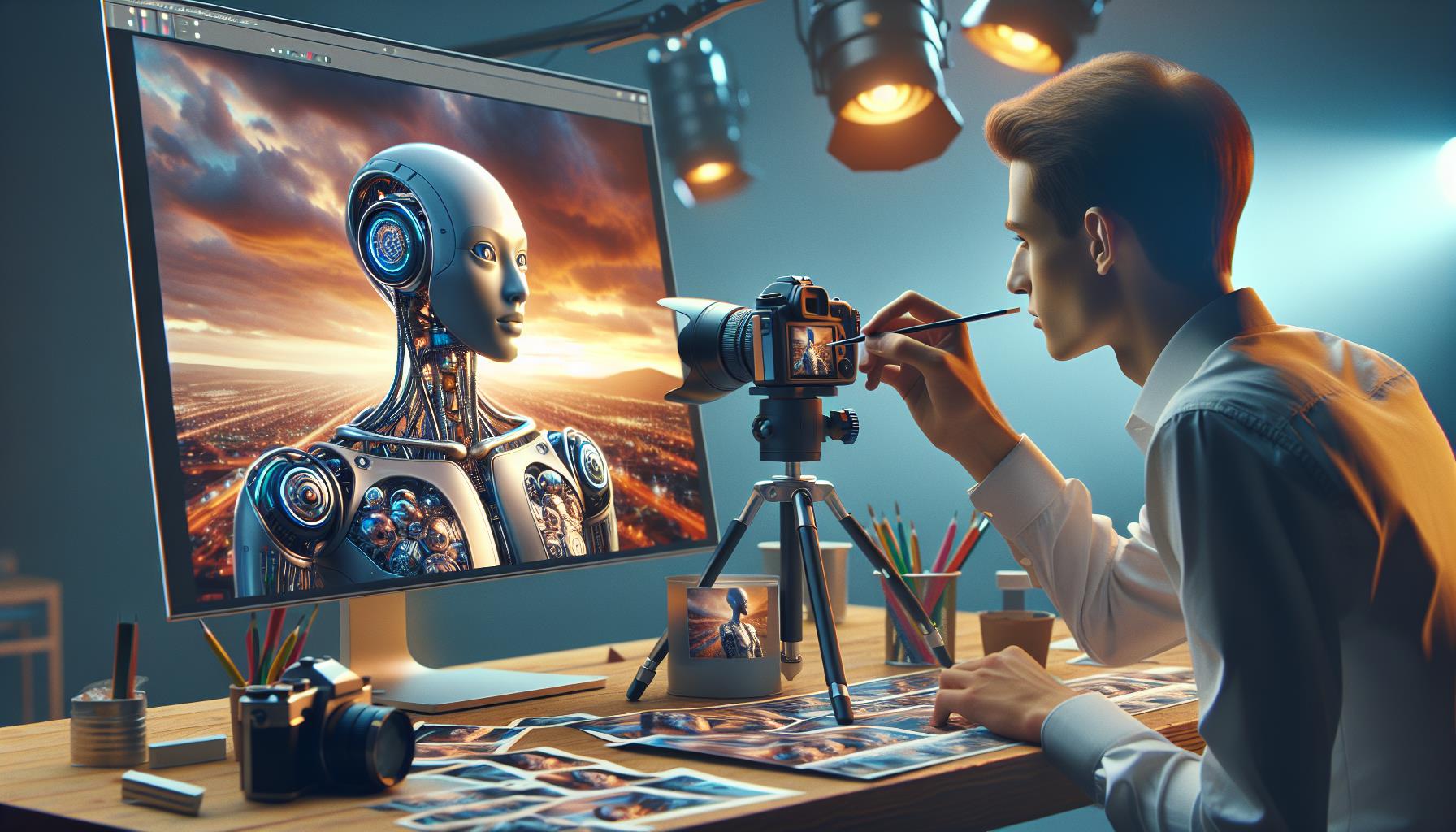The Evolution of Text and Image Editing: The Role of AI
Editing text and images has become an integral part of the digital landscape. With the rise of social media, blogging, and online marketing, the ability to tweak content to perfection is more important than ever. Sebastian Klöß from Bitkom highlights that while text editing is a well-established domain, it has been significantly enhanced with the advent of artificial intelligence (AI).
AI has revolutionized the way we approach editing by simplifying complex tasks. Writing or editing a long text on a smartphone, for instance, is no longer a tedious process, thanks to AI assistants that can efficiently handle such work.
AI in Text Editing
The use of AI in text editing has been a game-changer for writers and editors. AI-powered tools can now assist with grammar checks, style suggestions, and even content creation. This has made the process of writing more accessible, allowing individuals to focus on creativity rather than the mechanics of writing.
However, despite these advancements, there are still challenges that come with AI text editing. The nuances of language can sometimes be lost on AI, which can lead to errors in tone or context. It is crucial for users to review AI-suggested changes to ensure the intended message is conveyed accurately.
AI in Image Editing
Similarly, AI has made significant strides in the field of image editing. As Sebastian Klöß points out, AI makes it possible to retouch photos, move elements within an image, or alter the composition with ease. These capabilities have democratized photo editing, making it accessible to amateurs and professionals alike.
The ability to change images after they have been taken offers endless creative possibilities. However, it also raises ethical concerns about the authenticity of visual content. The ease of manipulation could potentially lead to the spread of misinformation if not used responsibly.
Pros of AI in Editing
The advantages of AI in editing are numerous. It offers efficiency, accuracy, and the ability to handle repetitive tasks without fatigue. This not only saves time but also allows for a higher volume of content to be produced and edited. AI tools also provide accessibility, making professional editing possible for those who may not have the technical skills.
Moreover, AI’s learning algorithms mean that these tools can improve over time, adapting to the user’s style and preferences. This personalized experience enhances the overall quality of the content produced.
Cons of AI in Editing
Despite the benefits, there are drawbacks to the use of AI in editing. One of the main concerns is the potential loss of human touch. Editing is not only about correcting errors but also about understanding the subtleties of language and visual storytelling. AI may not always capture the essence of what makes content unique and engaging.
Furthermore, over-reliance on AI could lead to a decline in editing skills among professionals. If AI is always available to correct mistakes, there may be less incentive for individuals to learn and improve their editing abilities.
In conclusion, AI has undoubtedly transformed the field of text and image editing, making it more efficient and accessible. However, it is essential to use AI tools judiciously and to remain vigilant about the potential for misuse.
As AI technology continues to evolve, it is likely that we will see even more sophisticated editing tools. The challenge will be to balance the benefits of AI with the need to maintain authenticity and the human element in our digital content.
